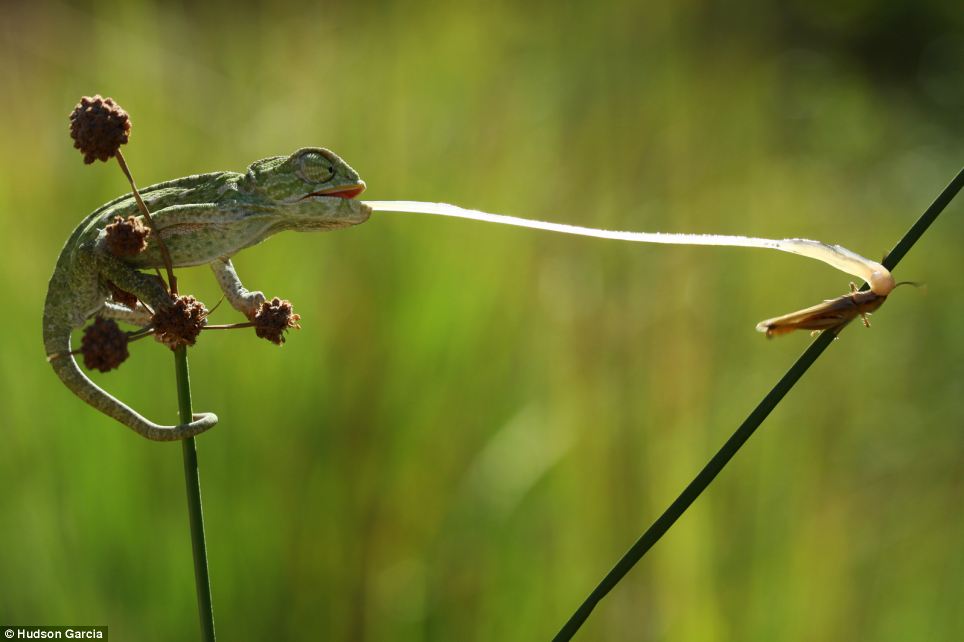
Whip-Like Tongue and Catchiest Spit Helps Frog for Prey Catching
You sometimes might be wondered how the tiny creature frog catches its meal quickly. A frog brings its whip-like tongue into play for snagging its prey faster than a human eye can wink. During the prey catching period, frog hits the victim with its sticky tongue it with a force five times faster and stronger than gravity. But do you know – how does the tiny creature manages to hang onto its meal in a rocket speed and drag it back into its mouth? Well, an international team of scientists has recently found out the secret behind Frogs’ superfast performance during prey catching.
A new study, conducted by the researchers from the Georgia Institute of Technology revealed that the stickiness of frog’s tongue is the prime assistant of the creature for catching prey. Exceptional reversible saliva with the combination of a super-malleable tongue causes the tackiness in frog’s tongue. The saliva found in frog’s tongue becomes chunkier and steamier during prey capture moment, helping the species to get a hold of the victim easily and quickly. Once the frog removes the prey inside the mouth, the saliva turns skinny and runny.
During the research, the scientists found frog’s tongue to be as supple as the tissues of the brain. Moreover, it is also 10 times softer than the tongue of a human being, and it can be stretched much like a spring. In addition, frog’s tongue is also capable of storing energy. This exclusive combination of emitting, flexibility, stickiness, and softness enable a frog’s tongue to work 50 times faster than of any other creature. The combination of spit and smoothness also make it 50 times more adhesive than the artificial polymer materials like sticky hand toys, revealed the researchers.
The analysts of Georgia Tech also captured the process of frog’s prey catching in extremely slow motion which later helped then in understanding the physics of its tongue in a better manner. In addition to the video footage, the researchers also collected the samples of frog’s saliva and punched its tissue to quantify its softness.
As mentioned by the researchers in the study paper, the saliva’s tissue is damping, just like the shock absorbers of a car. The softness is also responsible for the changing shapes of the tongue immediately after contacting with the prey.


